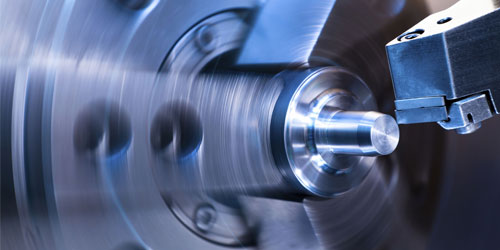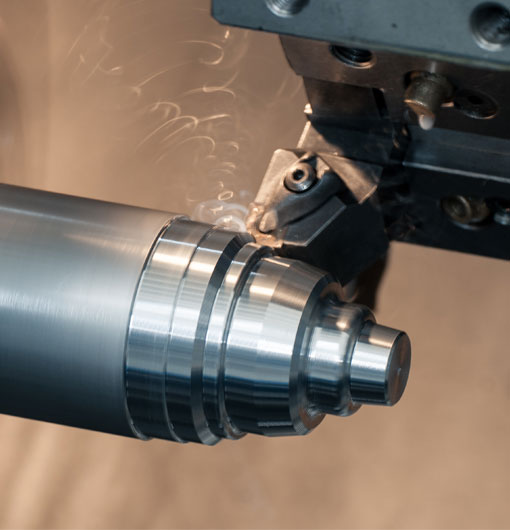Throughout the manufacturing industry, computer numerical control (CNC) machines have revolutionized the process of creating intricate and precise components. Among the plethora of CNC machinery, CNC turning and milling are two popular methods when it comes to the production of custom-designed parts. Understanding the differences between these two processes will ensure that you make the right decision for your specific manufacturing requirements.
CNC Turning
CNC turning involves the use of a cutting tool that moves linearly, while the workpiece rotates around its axis. As the workpiece rotates, the cutting tool removes the excess material and gradually forms the desired shape. This process is ideal for creating parts with cylindrical features, including shafts, rods, and tubes.
Turning machines, also known as lathes, are programmed using G-code or CAM software. This software provides operators with full control over the desired dimensions, speed, and surface finish, allowing for extremely accurate results. Popular materials that can be used in the CNC turning process include aluminum, stainless steel, brass, and plastic.
CNC Milling
Milling, on the other hand, includes the use of a cutting tool with a rotary motion that moves along multiple axes, allowing it to cut and shape the workpiece from various angles. The workpiece is usually clamped to a platform and remains stationary during the milling process. This allows for the creation of more complex shapes and parts that require intricate detail, such as gears and mold components.
CNC milling machines are incredibly versatile and can perform a wide range of operations, including drilling, tapping, and boring. Like turning, milling machines can use G-code or CAM software for precise control. Materials suitable for milling include aluminum, stainless steel, brass, plastic, and wood.
Choosing Between Turning and Milling
When deciding between CNC turning and milling, it is essential to consider the specific requirements of your project. Some factors to keep in mind when making your decision include:
1. Geometrical Features: If your part requires cylindrical features or rotational symmetry, CNC turning is the best choice. Conversely, if your part requires complex geometry and precision cuts from various angles, milling is the appropriate choice.
2. Size and Tolerance: Turning is a suitable choice for larger parts with tight tolerances, as the process allows for a high degree of control over part dimensions. Milling is more efficient for smaller parts, but it can still maintain accurate tolerances in certain applications.
3. Surface Finish: Both turning and milling can provide high-quality surface finishes. Turning machines generally deliver a smoother finish due to the continuous cutting motion, whereas milling machines may require additional finishing processes to achieve the desired surface quality.
4. Material Compatibility: While both turning and milling can process a wide range of materials, some metals work better with one method over the other. For example, brass and copper tend to work better with turning, while aluminum and plastics are more suitable for milling.
5. Volume and Flexibility: Turning machines offer quick production times and are perfect for high-volume manufacturing needs. Milling machines, on the other hand, provide flexibility in creating a variety of parts and shapes, making them suitable for design modifications and small-batch production.
6. Setup and Tooling: CNC milling machines generally require more specialized tools and attachments than turning machines. This can cause a higher initial investment, but flexibility is a significant advantage for those looking to create multiple parts or complex designs.
Exploring the Applications of CNC Turning and Milling
CNC turning and milling both have unique advantages that make them invaluable in various industries. For example, the automotive and aerospace industries rely heavily on CNC turning for engine components, landing gear, and other cylindrical parts. Similarly, milling is widely used in electronic manufacturing and the medical industry to create circuit boards, casings, and surgical instruments.
Despite these differences, both processes serve a common goal: creating high-quality, precise, and customized components that can withstand the demands of their respective industries. By understanding the key differences between CNC turning and milling, you can make an informed decision on which method best suits your specific manufacturing needs. This knowledge will help you optimize your production and fulfill the demands of modern industries, ensuring that your business remains competitive and successful.
difference between cnc turning and milling













